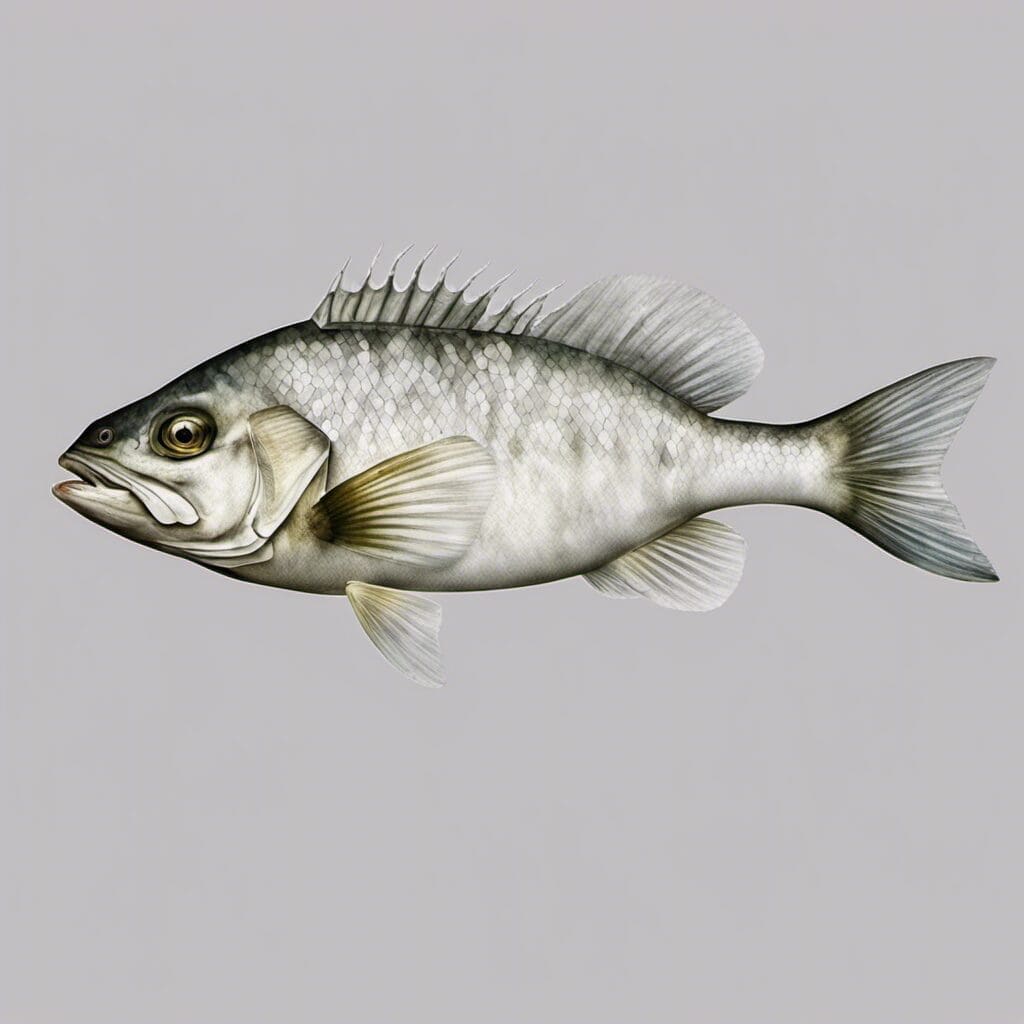Introduction
The White Grunt (Haemulon plumierii) is a popular, colorful fish belonging to the family Haemulidae, commonly known as grunts for the grunt-like sound they make.
Conservation Status
The IUCN, which assesses conservation status, currently lists the White Grunt as “Least Concern”. This is due to the species’ wide distribution and presumed large population.
Statistics
HTML table of statistics:
| Statistic | Average | Range |
|---|---|---|
| Length | 30 cm | 20-45 cm |
| Weight | 1.5 kg | 0.75-2.5 kg |
| Average lifespan | n/a | n/a |
Distribution
Native to the Atlantic Ocean, the White Grunt is often found in regions such as the Bahamas, Bermuda and both coasts of Florida. It does not engage in large migration patterns.
Habitats
White Grunts prefer warm, shallow marine environments like coral reefs or sea grass beds and can be found at depths ranging from 0-30 m. The temperature range of these waters is typically tropical or subtropical.
When and Where to See
This species tends to be most active during the daylight hours and can be readily spotted during spring and summer months.
Best Fishing Locations
Top 5 locations for White Grunt fishing include:
1. Florida Keys, USA
2. Bermuda
3. Biscayne Bay, USA
4. Bahamas
5. Cayman Islands
Keep an eye out for coral reefs or sea grass beds, which are environments favored by this fish.
How to Catch
Light tackle with live or cut shrimp baits work efficiently in catching White Grunts. Bottom fishing or anchor fishing are the recommended techniques. The best times to catch them are during daylight hours in warmer months.
Identification Guide
White Grunts have a silver-gray body with blue or purple horizontal stripes, and a distinctly orange mouth. They can be distinguished from related species by their white caudal fin.
Culinary
When cooked, the White Grunt provides a mild, sweet flavor with a medium-firm, flaky texture. They provide a good source of protein accompanied by a low fat content. Grilled White Grunt with herbs and lemon is a simple yet savory dish that highlights the unique taste of this fish.
Additional Information
White Grunts typically feed on small fish, shrimp, and other benthic invertebrates, with feeding habits being predominantly nocturnal. They face few threats from natural predators, but human activities such as overfishing and habitat degradation may pose risks. Though not specifically featured in folklore or historical events themselves, grunts as a group are a well-recognized symbol of marine life.
References and Further Reading
– Florida Museum of Natural History: White Grunt
– FishBase: Haemulon plumierii
– SeafoodSource: Seafood profiles

